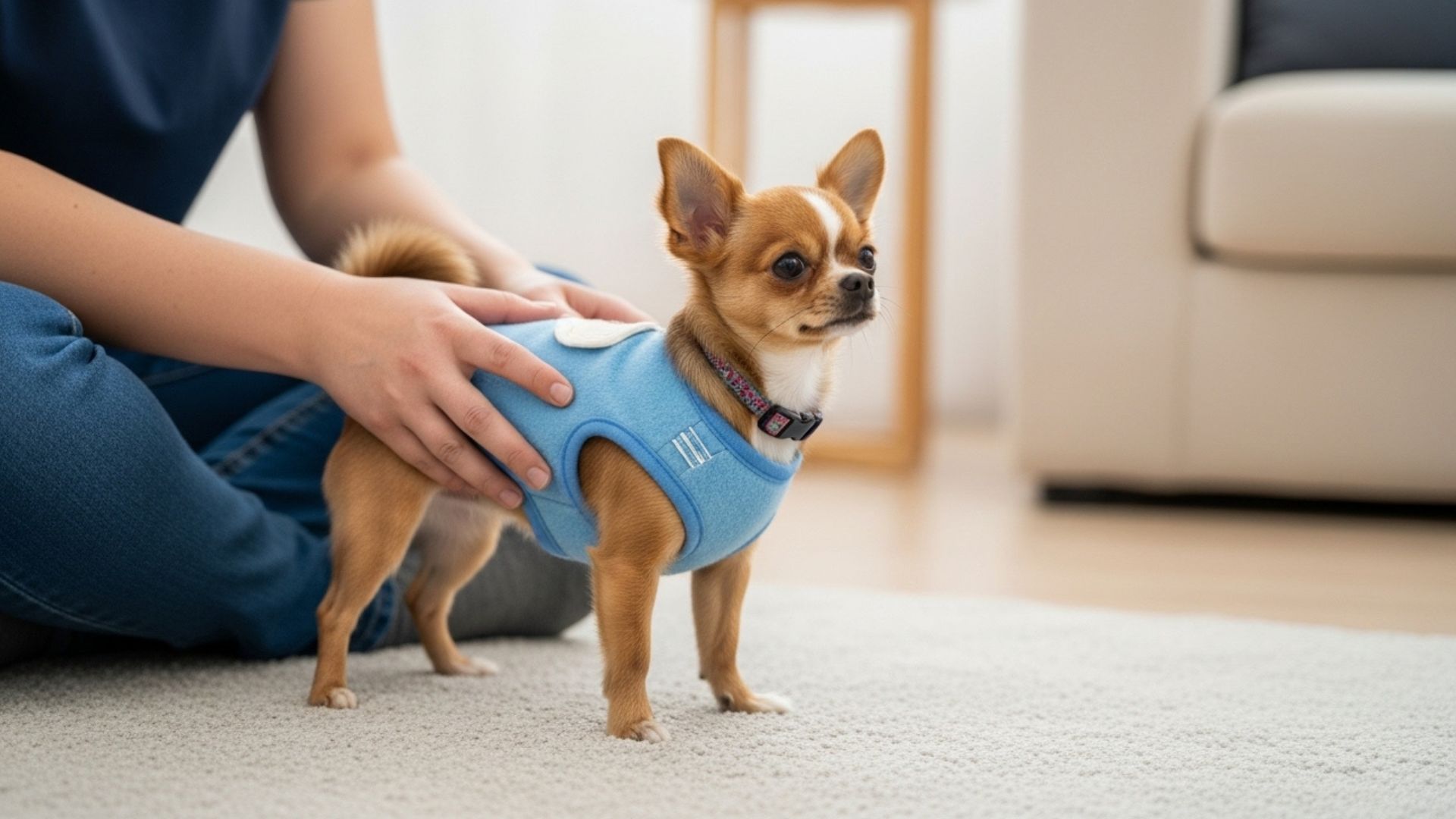When it comes to emotional support, few companions rival the comfort of a loyal dog. For many people, therapy pets play a vital role in easing stress, lifting spirits, and providing unconditional affection.
Among these, toy dog breeds stand out as ideal choices thanks to their small size, portable nature, and naturally affectionate personalities that make them perfect for cuddling and companionship.
These pint-sized pups may be small in stature, but they have big hearts and an uncanny ability to sense emotions. Their gentle demeanor and eagerness to connect with people make them particularly well-suited for therapy work in homes, hospitals, and assisted living facilities.
Whether perched on a lap or snuggled in bed, toy breeds bring calm and reassurance to those who need it most.
In this article, we’ll highlight the ultimate toy dog breeds known for excelling as therapy pets.
From their friendly temperaments to their adaptability in diverse environments, you’ll discover which breeds combine warmth, loyalty, and compassion in ways that truly heal.
Ultimate Toy Dog Breeds Suited As Therapy Pets
1. Cavalier King Charles Spaniel
Also called the “Cav” or “Cavie,” the Cavalier King Charles Spaniel is a toy breed celebrated for its silky coat, expressive eyes, and gentle temperament. This small companion has roots in British nobility and has long been cherished as a lapdog of kings and queens.
Britannica mentions that Cavaliers are particularly prone to syringomyelia, a neurological disorder, as well as mitral valve heart disease. They should also undergo regular screenings for these conditions, along with eye problems, hip dysplasia, and middle ear infections.
When it comes to therapy work, Cavaliers excel because of their calm and affectionate personalities. They thrive on human connection and provide a comforting presence, making them especially suited for individuals seeking emotional support.
Their ability to sense moods helps them bring reassurance in stressful or anxious situations. Training this emotional support dog is usually straightforward, as they are eager to please and quick to learn.
This adaptability allows them to engage in obedience routines and interactive therapy activities with ease. Early socialization ensures they remain gentle and approachable in all environments.
Beyond their loving nature, Cavaliers are versatile: they can be active playmates for children or quiet lap companions for those needing calm. Their soulful expression and soft demeanor make them natural healers of the heart.
Fun fact: Frank Sinatra reportedly adored his Cavaliers, and “Strangers in the Night” is rumored to have been inspired by them.
2. Havanese
The Havanese, sometimes called the “Havana Silk Dog,” is Cuba’s only native breed and is recognized for its silky coat, curled tail, and bright, expressive eyes. Small but sturdy, they have a lively step and a charming personality that wins hearts easily.
The AKC explains that Havanese, with their compact yet sturdy build, adaptable temperament, and sociable nature, are well-suited for city living—but they’re just as happy anywhere, as long as they can capture the attention of admirers of all ages.
As therapy companions, Havanese shine due to their naturally affectionate and social nature. They bond closely with their families and adapt well to different living spaces, making them perfect for apartment dwellers or those in assisted living.
Their cheerful temperament allows them to uplift people in stressful environments. Whether visiting hospitals, providing emotional support at home, or simply offering a lap to snuggle on, their playful yet gentle demeanor creates a soothing presence.
Highly trainable and eager to please, Havanese are quick learners who enjoy engaging with people. Their ability to perform tricks, combined with their low-shedding coat, makes them practical choices for therapy work in sensitive environments.
Fun fact: Their history even includes performing as circus dogs, showing their versatility and love for human attention.
3. Pug
The Pug, sometimes affectionately called the “clown of the canine world,” is a small but sturdy toy breed with a wrinkled brow, round eyes, and curled tail. Known for their motto multum in parvo—“a lot in a little”—they pack a big personality into their compact frame.
WebMD notes that Pugs are popular pets thanks to their friendly and loyal nature. They enjoy the company of people, children, and other animals.
What makes Pugs exceptional therapy pets is their natural ability to listen. They are attentive companions who tilt their heads, perk their ears, and maintain soulful eye contact, making people feel heard and comforted. This calm responsiveness can ease stress and create a sense of connection during tough times.
Beyond their listening skills, Pugs thrive in close companionship and adapt well to varied environments. Whether sitting quietly with seniors in assisted living or providing comfort to children in hospitals, they remain gentle, affectionate, and non-threatening.
Their even-tempered nature allows them to fit seamlessly into therapy roles.
Equally important, Pugs have a gift for lightening moods. Their expressive faces and playful quirks bring laughter, while their eagerness to snuggle offers warmth in moments of anxiety.
A fun fact: This breed once served as a mascot for Holland’s royal House of Orange, reflecting their long history as beloved companions.
4. Papillon

The Papillon, also known as the Continental Toy Spaniel, is a dainty yet energetic toy breed instantly recognizable for its butterfly-shaped ears. This little dog carries an elegance with its long, silky coat and plumed tail, while maintaining a hardy constitution.
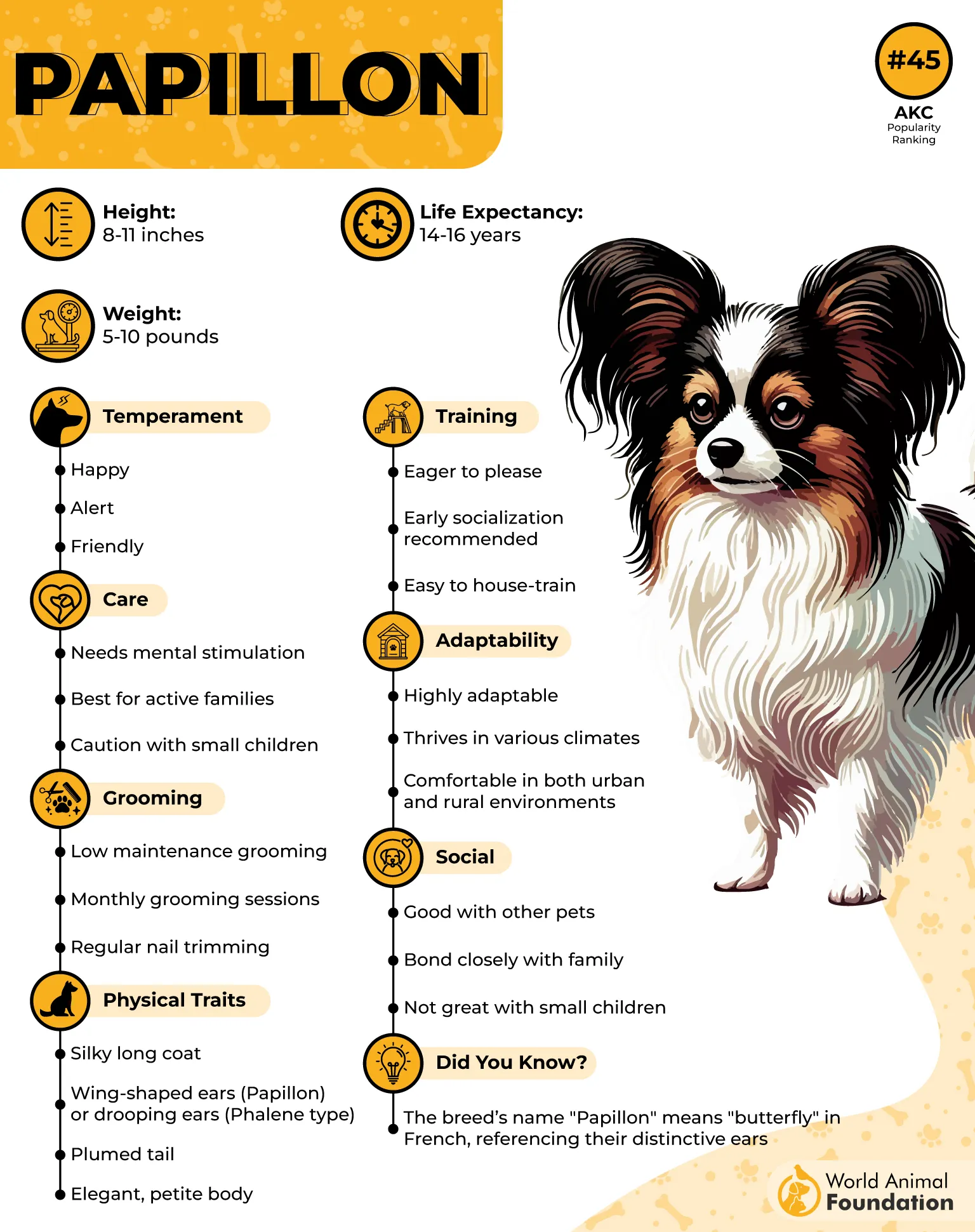
As therapy companions, Papillons excel at providing comfort due to their affectionate and people-oriented personalities. They thrive on companionship and are eager to please, which makes it easy for them to bond deeply with those experiencing stress or loneliness.
Their small size allows them to curl up in laps, offering warmth and calm during moments of anxiety.
Their intelligence and alertness also mean they can quickly pick up on human emotions. This sensitivity enables them to respond with affection, whether through playful engagement to lift spirits or quiet closeness during emotional lows.
Because of their adaptability, Papillons provide reliable emotional support in both busy households and calm, therapeutic settings.
Beyond their gentle presence, Papillons are playful and active, ensuring they bring both joy and comfort to those they assist. Interestingly, they are one of the oldest toy spaniels, with portraits of Papillons appearing as far back as the 16th century.
5. Brussels Griffon
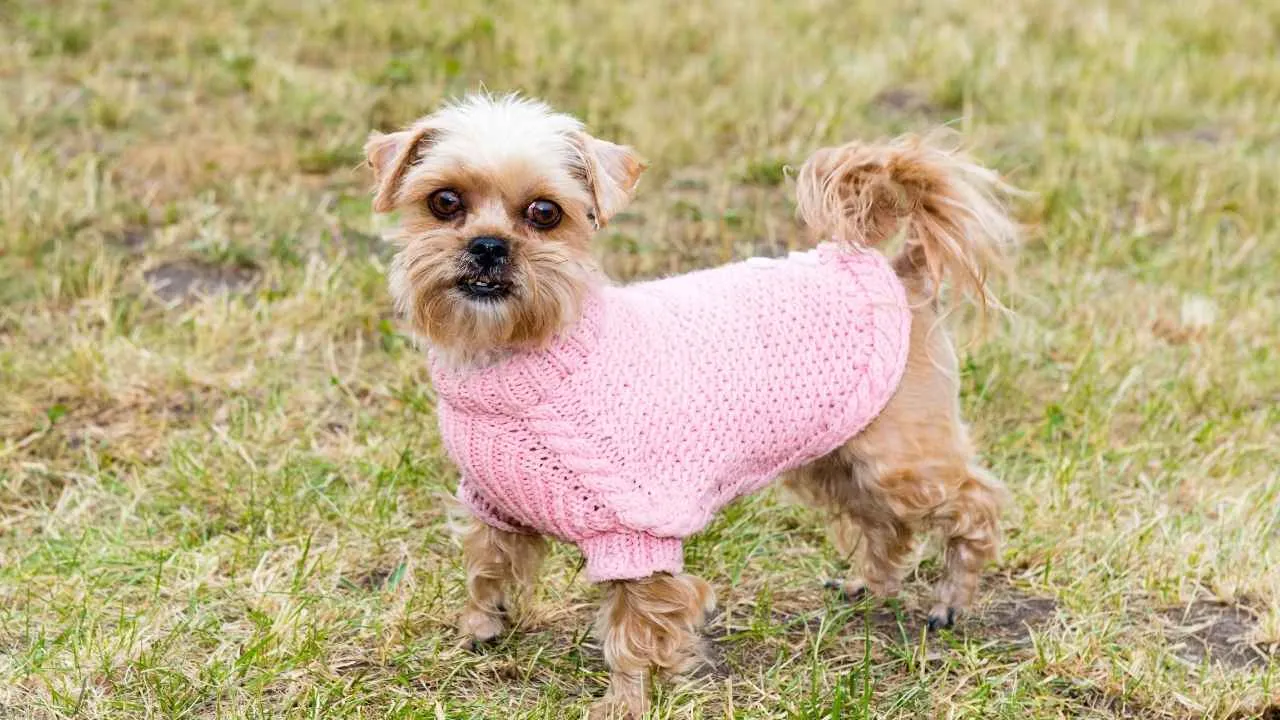
The Brussels Griffon, also known as the Griffon Bruxellois, is a toy breed with a big personality packed into a small frame. Weighing no more than 12 pounds, these sturdy little dogs are instantly recognizable by their almost human-like eyes and expressive “bearded” faces.
Their coats may be smooth or rough and come in colors like red, belge (black and reddish-brown), black, or black and tan.
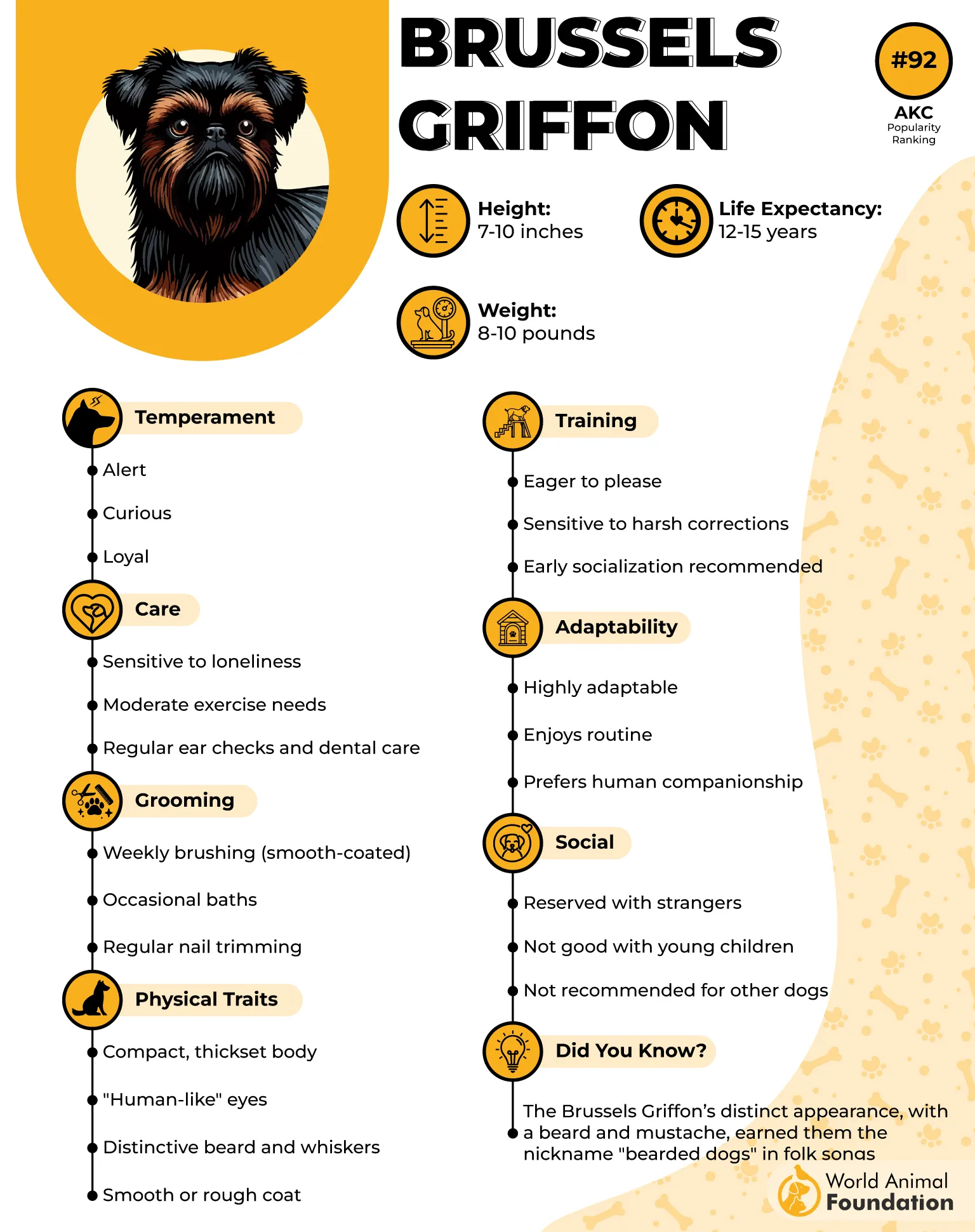
As therapy companions, Brussels Griffons excel because of their “Velcro dog” nature—they form tight bonds and thrive on constant closeness. This makes them ideal for individuals seeking comfort, as they naturally want to remain at their owner’s side.
Their sensitivity allows them to easily pick up on emotions, offering reassurance during difficult moments. Beyond their affectionate devotion, they are intelligent and highly trainable.
Their eagerness to please and alert temperament mean they adapt well to structured therapy roles, whether providing calm companionship or participating in interactive activities that brighten someone’s day.
Their small size also makes them manageable in various environments, including hospitals and care facilities. Playful yet deeply loyal, these dogs bring both joy and stability to their human partners.
Interestingly, the breed’s history traces back to Brussels in the 1800s, where they began as ratters before gaining popularity as cherished lap companions when Belgian royalty embraced them.
6. Yorkshire Terrier
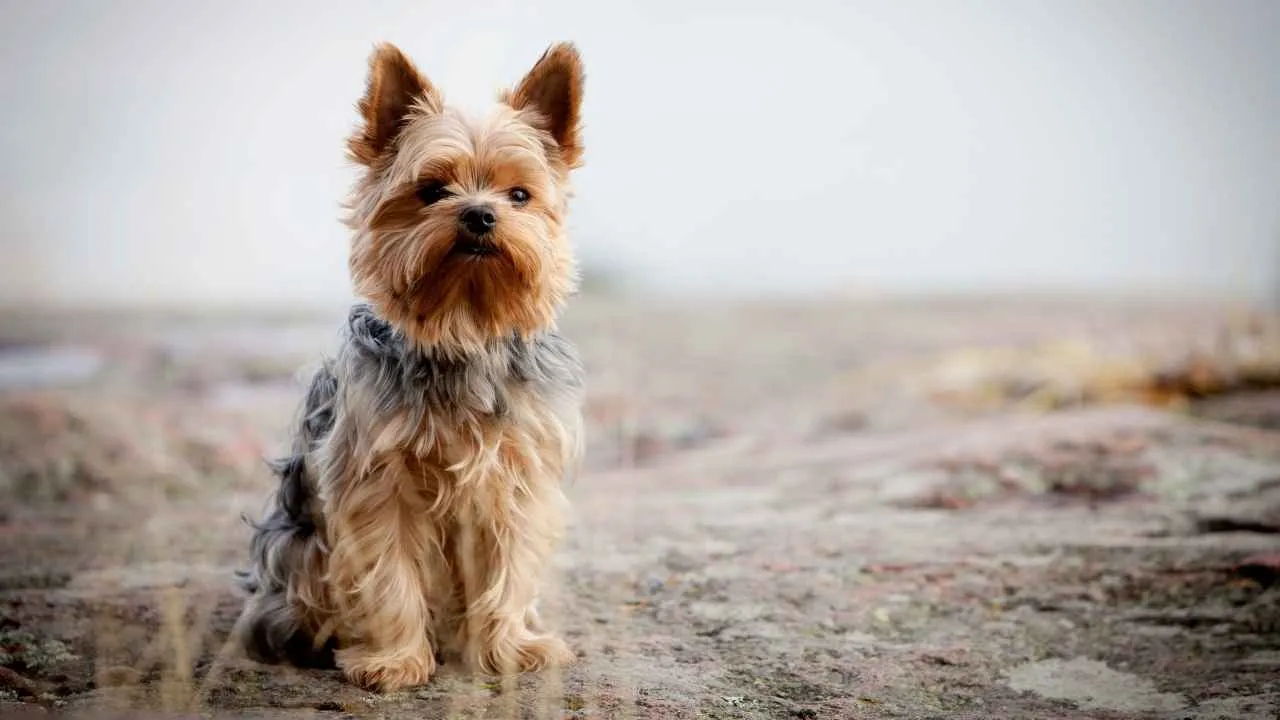
The Yorkshire Terrier, often affectionately called the “Yorkie,” is a tiny but bold toy breed with a silky, flowing coat of steel blue and tan. The Yorkshire Terrier carries itself with confidence and charm, making it both a fashionable companion and a loyal lap dog.
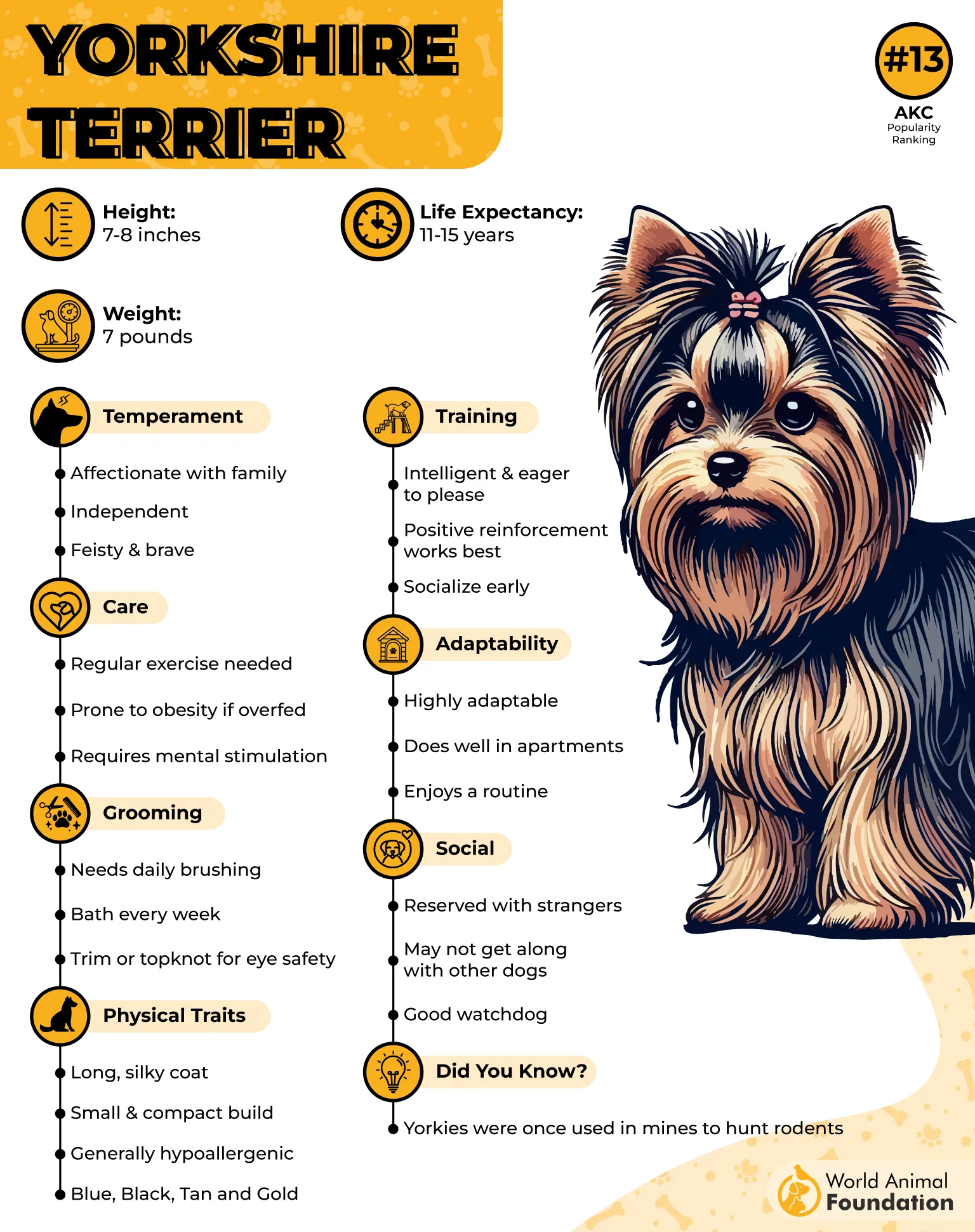
For therapy work, Yorkies excel; thanks to their love of attention. These spirited dogs thrive when they are the center of affection, making it nearly impossible to focus on stress while a Yorkie snuggles in your lap.
Their small size allows them to provide comfort in hospitals, nursing homes, and apartments where space is limited.
Adaptability is one of their strongest qualities. Whether visiting patients in quiet clinical environments or keeping seniors company at home, Yorkies adjust well to new situations as long as they feel close to their person. Their energetic yet affectionate temperament ensures they bring positivity wherever they go.
Beyond their therapy potential, Yorkies carry a fascinating history. Once used in Yorkshire, England, to control rats in mines and mills, they later became fashionable companions.
Notably, a Yorkie named Smoky served in World War II, bringing comfort to wounded soldiers and earning recognition as the world’s first therapy dog.
7. Chinese Crested
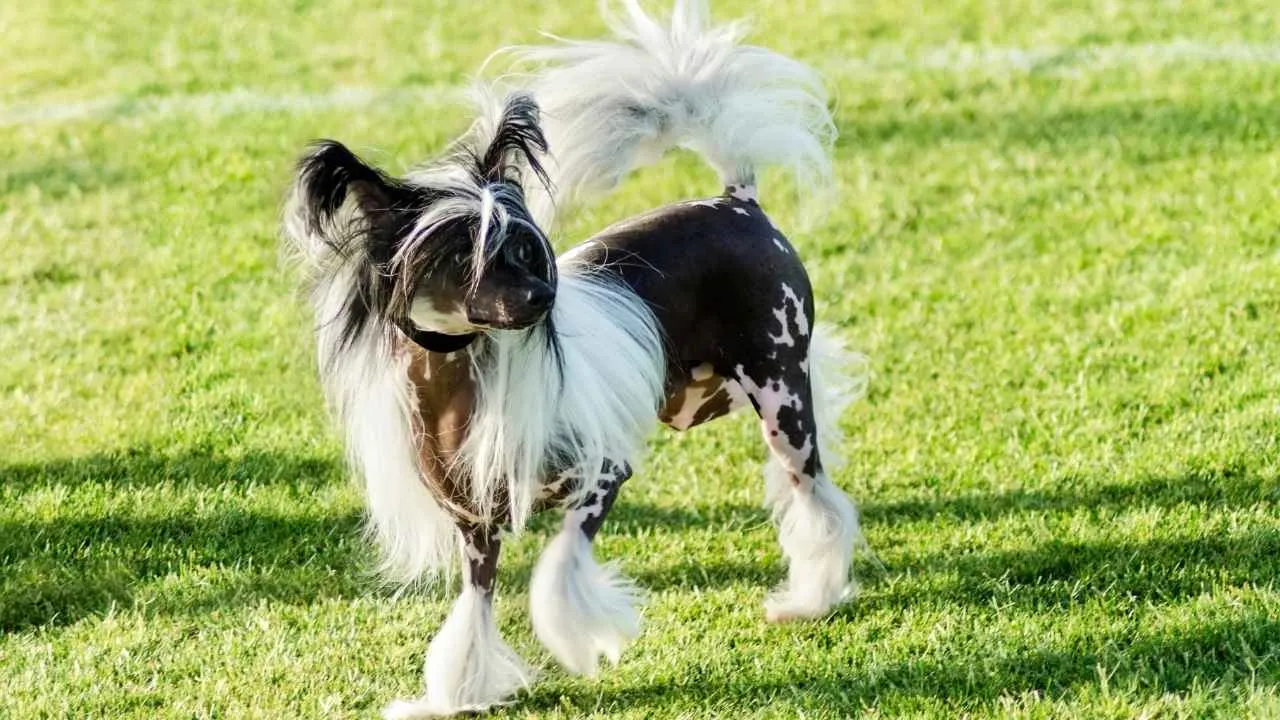
The Chinese Crested, sometimes called the “Crestie,” comes in two varieties: the hairless type with smooth, delicate skin accented by silky tufts on the head, tail, and paws, and the powderpuff with a full, flowing coat. They have an elegant, fine-boned frame and playful demeanor.
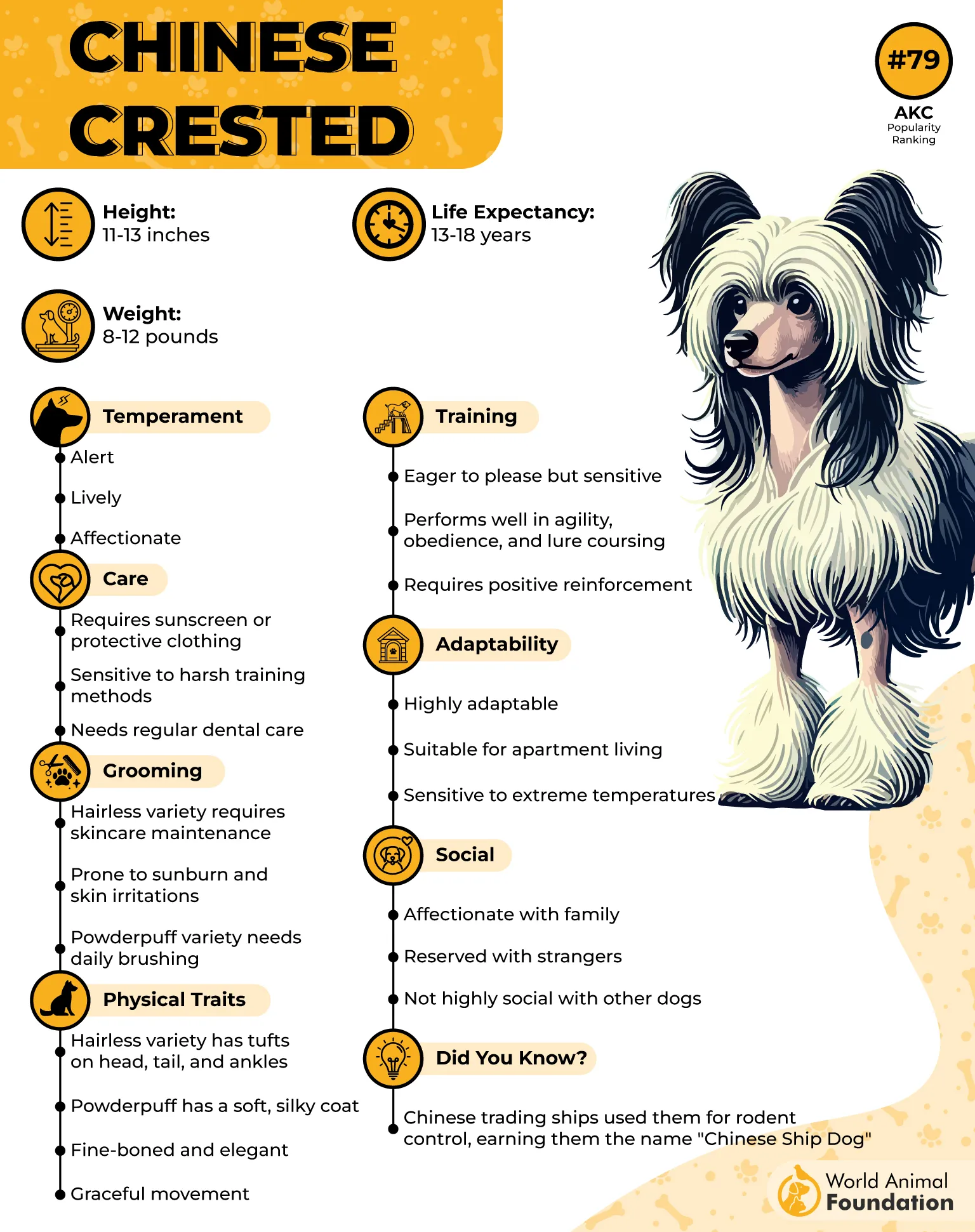
For individuals with special needs, these therapy dog breeds’ hypoallergenic qualities can be a major advantage. Cresties are gentle companions who rarely shed, making them easier for allergy-sensitive owners to live with.
Their affectionate nature allows them to form tight emotional bonds, offering consistent comfort and reassurance.
Their alertness and responsiveness also help them adapt quickly to their owner’s moods. Whether lounging quietly beside someone during anxious moments or providing cheerful interaction when encouragement is needed, Cresties are tuned in to human emotion and thrive on close contact.
Despite their fragile appearance, these dogs are lively and playful, bringing joy without overwhelming their handlers.
A fun fact: Historically, Cresteds were once used on ships to control rat populations, showing their surprising usefulness beyond being affectionate therapy companions.
8. Poodle
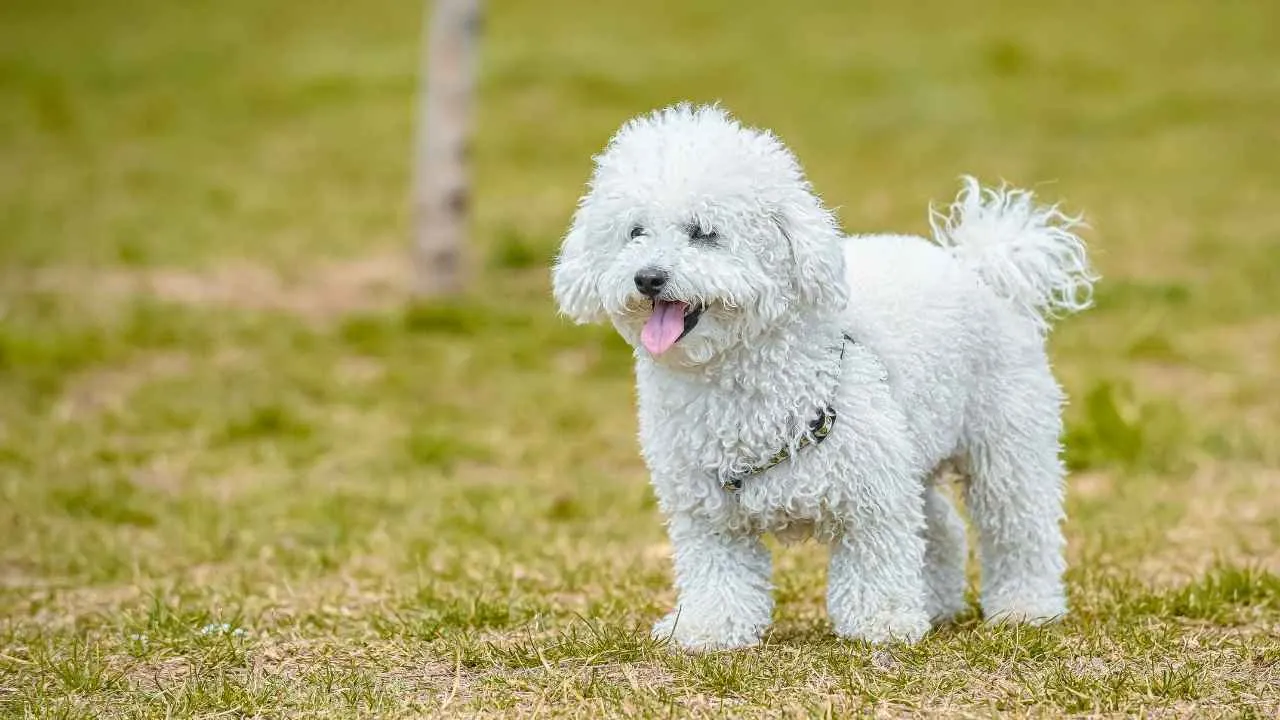
The Poodle, also called the Caniche in France, comes in three sizes: Toy, Miniature, and Standard. With their curly, low-shedding coats and elegant square build, these dogs are often considered aristocrats of the canine world. Toy Poodles are especially prized as affectionate companions and therapy pets.
As therapy dogs, Toy Poodles thrive because of their intelligence and sensitivity to human emotions. They quickly learn routines, respond to subtle cues, and offer comfort during stressful moments.
Their adaptability to both apartments and larger homes makes them an excellent choice for individuals seeking reliable emotional support.
Their affectionate nature allows them to form strong bonds with owners, and they excel in environments where companionship is constant. Poodles are also hypoallergenic, making them more accessible for people with mild allergies while providing a dependable source of comfort.
Regular grooming is essential to maintain their dense, curly coats, but this routine care also becomes a bonding activity between dog and owner.
Fun fact: The classic “poodle cut” wasn’t just for style—it was originally designed to help them swim more efficiently.
9. Maltese
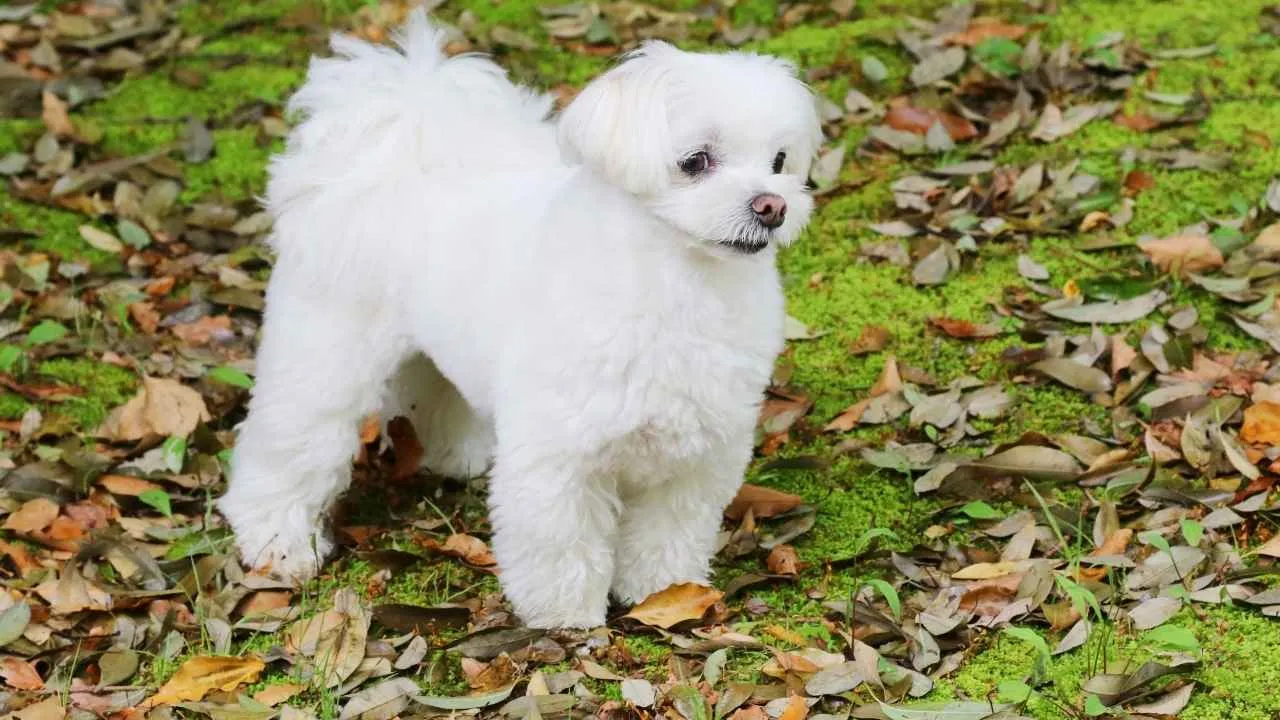
The Maltese, often called “Ye Ancient Dogge of Malta,” is a graceful toy breed recognized for its long, silky white coat and dark, expressive eyes. This Mediterranean companion has charmed people for centuries with its elegance and affectionate nature.
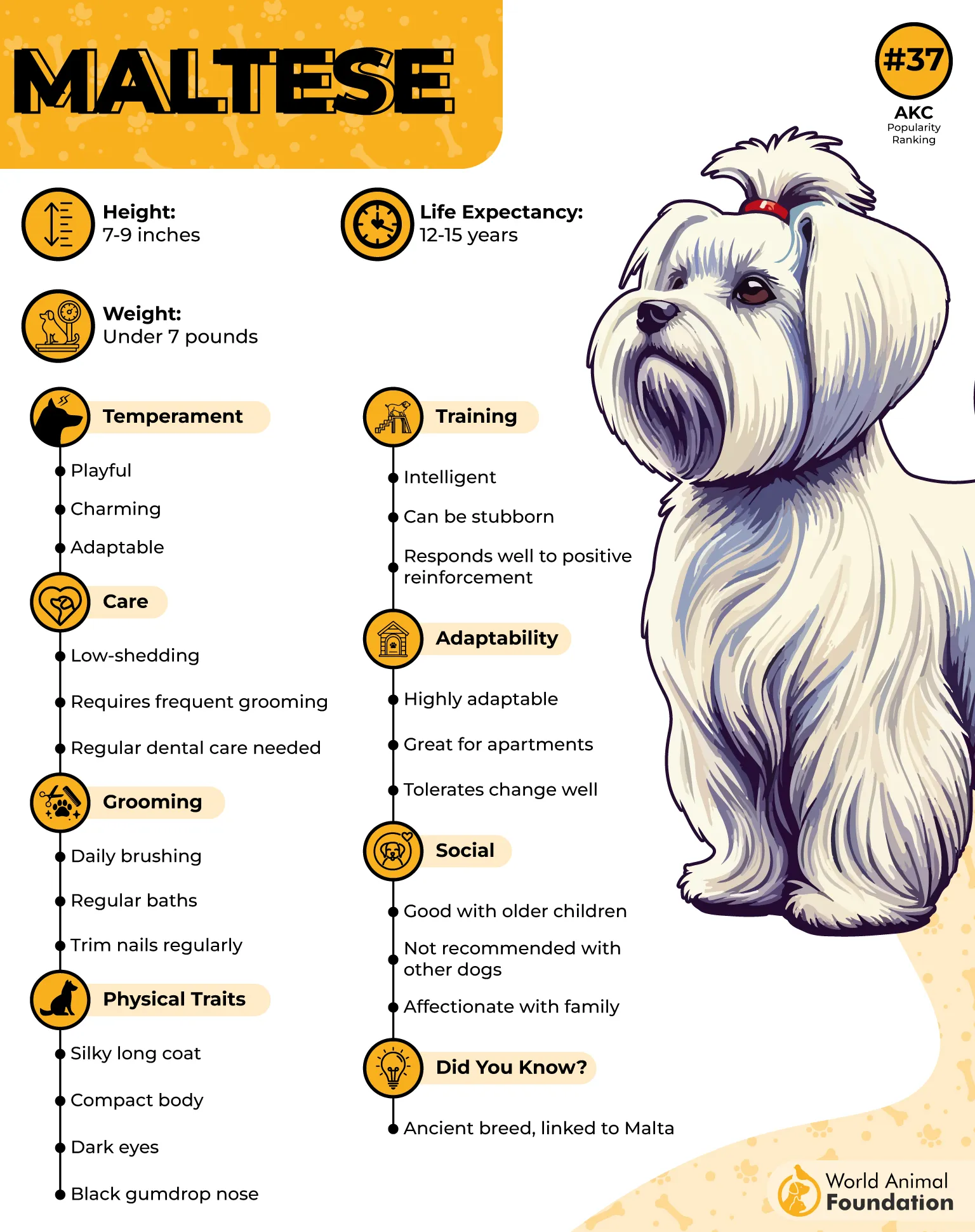
As a therapy pet, the Maltese shines because of its sensitivity to human emotions. They thrive on closeness, making them ideal lap dogs who can offer comfort and calm to their owners.
Their playful yet gentle disposition helps reduce stress, particularly for individuals who need constant companionship in daily life.
Bonding deeply with their humans, these great therapy dogs often act like shadows, eager to be part of every activity. This loyalty translates into emotional stability for their handlers, as the breed’s attentiveness makes people feel supported and less alone.
Their alertness also allows them to double as small but fearless watchdogs. Despite their delicate appearance, Maltese are hardy and adaptable, fitting well into households of all sizes.
They respond to positive reinforcement and can even excel in agility activities, which strengthens the human-animal bond. Historically, they were pampered pets of royalty, celebrated for their loving companionship.
Conclusion
When it comes to pet therapy, small dogs from the toy group shine as comforting companions, offering unmatched therapeutic benefits. Their affectionate nature makes them excellent emotional support animals, perfectly suited for easing stress, loneliness, and anxiety.
Unlike larger dogs, they adapt well to smaller living spaces while still providing the same level of love and reassurance. At the same time, other breeds like the Golden Retriever and Labrador Retriever, both of which are the most popular dog breed choices worldwide, are also highly valued as service dogs.
Even herding dogs, with their intelligence and sensitivity, bring unique strengths to therapy and support roles. From loyal toy breeds to dependable bigger companions, each has something special to offer, making the journey of healing and comfort more complete.


